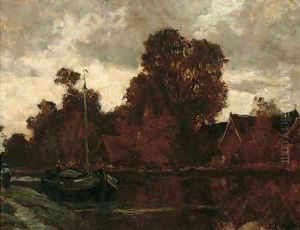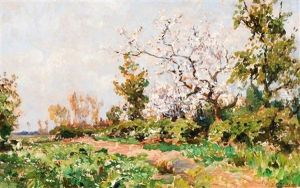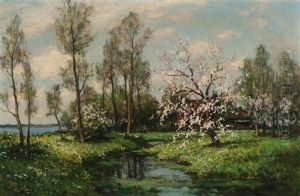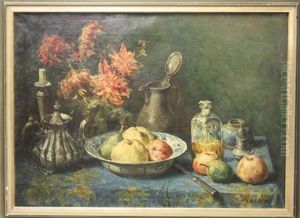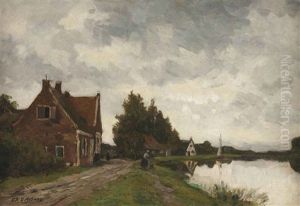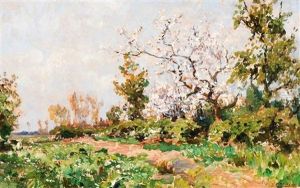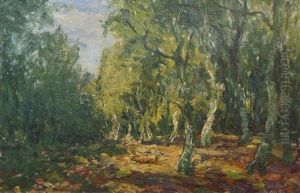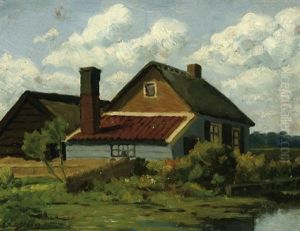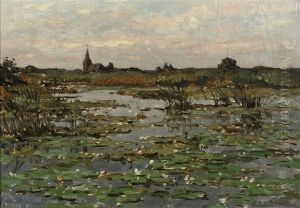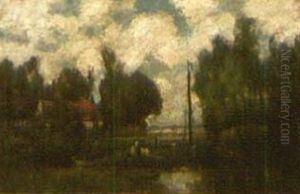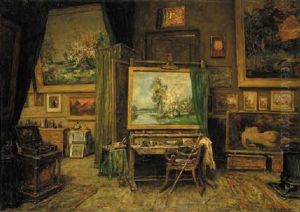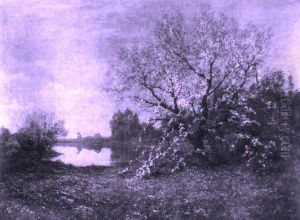Egbert Rubertus Deck Schaap Paintings
Egbert Rubertus Derk Schaap, often known as E.R.D. Schaap, was a Dutch artist born on August 6, 1892, in Amsterdam, the Netherlands. He is known for his paintings, watercolors, and drawings, showcasing a variety of subjects including landscapes, cityscapes, and portraits. Schaap's work was influenced by the Amsterdam Impressionism movement, which was characterized by a focus on light and a vivid color palette, echoing the broader European Impressionist movement.
Schaap received his artistic education at the National Academy of Fine Arts in Amsterdam, where he was taught by professors who were part of the late 19th-century renaissance of Dutch art, which sought to revive the nation's artistic heritage while incorporating modern sensibilities. After his education, Schaap began to establish himself as a professional artist during the early 20th century, a period of significant artistic change in Europe.
Throughout his career, Schaap worked in various mediums, but he is particularly known for his oil paintings. His style evolved over time, reflecting the artist's responses to the changing art movements of the 20th century, including modernism and post-impressionism. Despite these influences, Schaap maintained a distinct style that was grounded in realism, often capturing the essence of Dutch life and the environment.
Schaap was active in the art scene throughout his life. He was a member of the renowned artist's society Arti et Amicitiae ('Art and Friendship'), an Amsterdam-based society that provided support and exhibition opportunities for artists. This society played a crucial role in the development and promotion of Dutch art during this period.
Egbert Rubertus Derk Schaap's legacy is that of a skilled painter who captured the spirit of his time while reflecting the unique character of Dutch culture. His works have been displayed in various exhibitions and can be found in private collections and museums throughout the Netherlands. Schaap passed away on December 20, 1988, leaving behind a body of work that continues to be appreciated by art lovers and collectors today.
